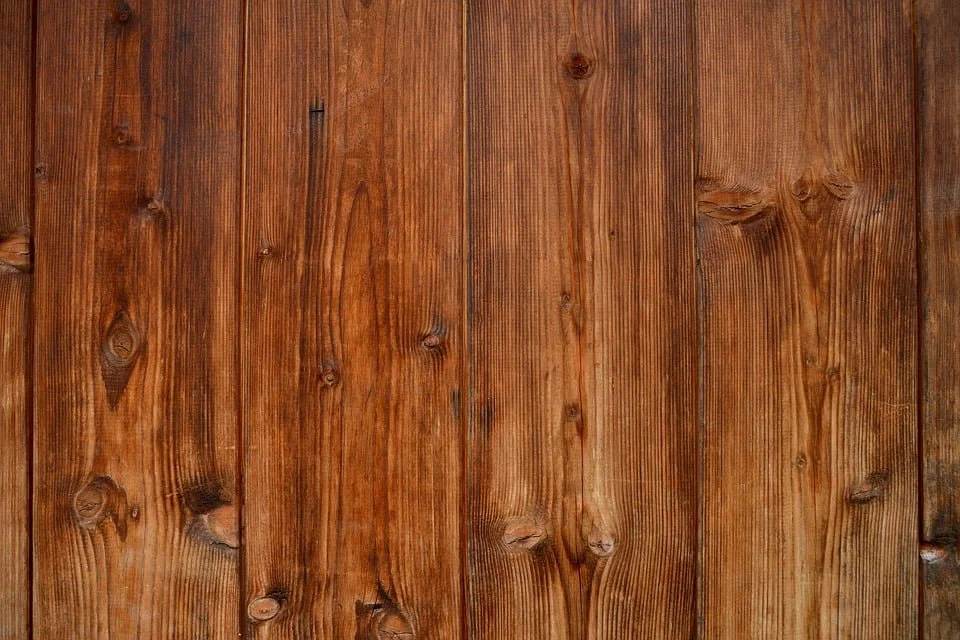Is Pressure-treated Wood the Right Choice for Your Next Construction Project?
Pressure-treated lumber is a popular choice for many different types of projects. Most local hardware stores carry it in a wide array of lengths and thicknesses. The wood is easily recognizable by its slightly green hue. This green hue is a side effect of the pressure-treating process, which serves to make the wood resistant to rot, decay, and insects. So is it the best choice for your Colorado construction project? We’ll get to that. But first, let’s get you educated about the pressure-treating process.
Why is wood pressure-treated?
Unlike western red cedar, which contains natural oils that protect it from insects, many wood species are vulnerable to the elements. This vulnerability is especially evident in fencing, decks, or other outdoor projects. To prolong the life of the wood, mills pressure-treat with a solution that repels wood-destroying insects and helps to slow the decay process.
In other cases, wood is pressure-treated with a fire retardant. This solution does not prevent the wood from burning, but rather, it helps it burn more safely. When exposed to open flame, treated lumber will char quickly without producing large amounts of smoke or flame that would cause property damage. Fire retardant wood is often used in interior building projects to slow down the spread of a residential or business fire.
What types of wood are pressure-treated?
Most pressure-treating mills use species endemic to the region in which they are located. Common choices are softwoods, including southern yellow pine. Because these woods are less dense, they are easier to pressure-treat.
Denser wood, such as Douglas fir, can also be pressure-treated, but it requires an additional first step to prepare the wood to absorb the pressure-treating chemicals. Douglas fir that is three inches or more in thickness, is run through a machine called an incisor that cuts small incisions into the wood.
What are the steps in pressure-treating?
Checking the moisture content of the wood is the first step. If the wood is too moist, it will not absorb the treatment chemicals properly. First, it must be kiln-dried to remove the excess water. When the moisture content is just right, the wood is moved into a large steel cylinder called a vacuum pressure vessel for treatment.
After the vacuum pressure vessel is closed and sealed tight, the air is removed from the cylinder creating a vacuum in the container strong enough that air is pulled from the wood as well.
Next, the vessel is filled with a preservative fluid. The wood readily absorbs the fluid to fill the vacant spaces previously occupied by air.
Additional pressure is applied to the fluid to ensure that the liquid penetrates the wood evenly and thoroughly.
The preservative is then drained from the vessel. The air and excess fluid are pumped out to recover any solution not absorbed by the wood. This solution can be used again in the next batch.
At this point, normal pressure is reintroduced into the vessel. It is opened, and the wood is removed. The newly treated wood is then placed on a drip pad where it will stay until it dries.
With the wood fully treated and dried, it is ready to be shipped to retail stores all over the country.
Where is pressure-treated lumber used?
Pressure-treated wood is commonly used to build utility poles, railroad ties, fence pickets, and deck posts. It can be found anywhere there is expected exposure to water, whether it be fresh or salt. Interior framing in homes and businesses often incorporate fire retardant pressure-treated lumber. Some building codes require that flame-retardant materials be used in construction. Fire retardant lumber can be a cost-effective way to meet this building code.
Is pressure-treated wood longer lasting than natural wood?
The short answer is no, not necessarily. While pressure-treated yellow pine will undoubtedly last longer than natural pine, other wood species inherently last longer than pine. Western red cedar wood and redwood, for example, are excellent choices for outdoor projects. They withstand the elements well without pressure-treating.
It is essential to know your climate, budget, and needs to choose the best product for your project. In Colorado’s arid environment, pressure-treated wood breaks down quickly. The dry air sucks the moisture right out of it, and it is left to split and crack. The temperature swings don’t help either. When the temperature moves from temperate to freezing from day to day (as it can in Colorado), pressure-treated wood will break down quickly.
A fence or deck made from pressure-treated pine is not likely to last very long. You may find yourself rebuilding it in just a few years. Cedar wood, with its natural protective oils, is a much better choice. Cedar wood fences or decks can last for a good 20 to 25 years in Colorado.
The advances in pressure-treating wood have allowed softwood to be used in longer-term projects at an affordable price. It still has its limitations, however. Knowing more about where it comes from and how it is made allows you to make informed decisions about this innovative product’s best applications.

